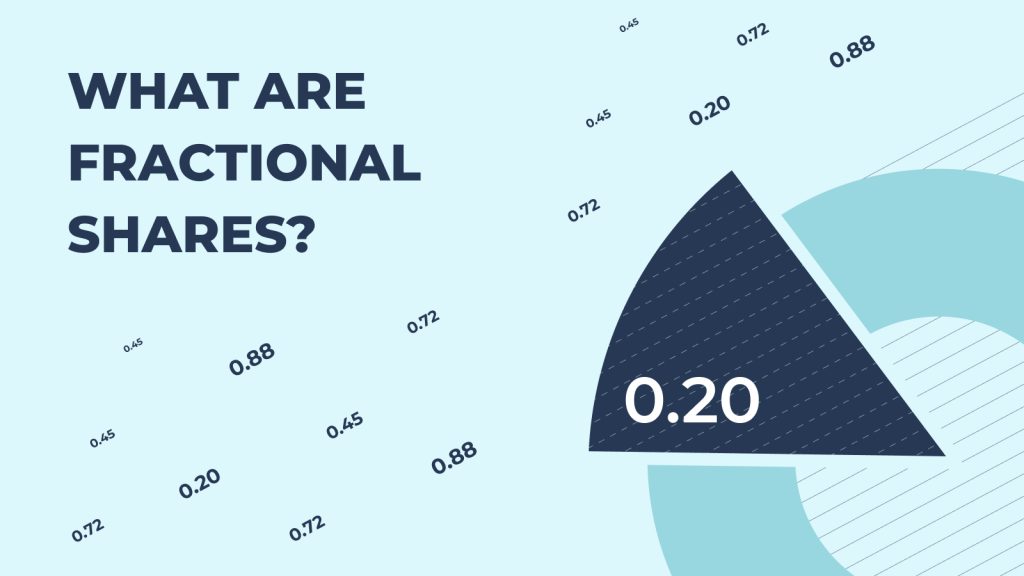In a surprising turn among the surging real estate market across the United States, Austin, Texas stands as the sole city witnessing a decline in home prices, marking a stark departure from the overall trend of escalating housing costs.
According to a comprehensive report by leading online real estate platform Redfin, out of the top 50 real estate markets in the country, Austin emerged as the singular city that experienced a decrease in home prices over the 12 months ending in November.
The housing market in the metropolitan area of Austin saw a notable dip of 6.2% in home sale prices during this period, with properties selling at a median price of $424,990. Remarkably, this downward trend has persisted for five consecutive months, signaling a significant shift in the region’s real estate dynamics.
Additionally, median rental prices in Austin also witnessed a decline of 5.4% for the year ending in November 2023, marking the second-largest drop among the 50 largest cities surveyed in another Redfin study.
This exceptional scenario in Austin presents a sharp contrast to the widespread trend of soaring home prices seen across the nation. The city’s housing market, once emblematic of a robust demand and escalating prices during the pandemic-induced buying frenzy, now finds itself navigating a downturn.
The meteoric rise in home prices, which reached a peak of $555,000 in April 2022, reflected an 88% increase from 2019 figures. However, this rapid escalation has subsided, settling at a median price of $424,990, though still notably higher than the national median of $408,732.
The shift in Austin’s real estate landscape can be attributed to its own success turning against it. Initially considered relatively affordable with a median home price of $295,000 in January 2019, Austin witnessed a surge in inbound migration during the pandemic, fueled by low interest rates and the appeal of remote work options.
This influx of newcomers rapidly drove up housing prices, making Austin a top destination for homebuyers. Yet, the market has now reached a point where the once-attractive affordability has waned, deterring potential buyers and consequently leading to a decline in prices throughout 2023.
Chief economist at Redfin, Daryl Fairweather, aptly describes the situation, stating, “The Austin housing market has whiplash. Today, the market is tepid. Buyers have shied away due to high interest rates, so homes take about twice as long to sell as they did in 2021.”
Fairweather notes that while this slowdown may pose challenges for sellers, it signifies a necessary correction in Austin’s housing market, reverting to a more sustainable and rational trajectory.
However, the future dynamics of the market remain uncertain. Despite a recent decline in mortgage rates from their peak of 7.79% in October to 6.95% as of December 14, as reported by Freddie Mac, the decrease in interest rates might not suffice to counterbalance the substantial surge in home prices that Austin has witnessed over the past few years.
The intriguing anomaly of Austin’s housing market stands as a focal point in the realm of real estate trends, presenting an intriguing case study amid the broader narrative of escalating home prices across the United States.
Investing Tips:
- Market Anomalies as Opportunities: Identify market anomalies like the unique downturn in Austin’s housing market. Such anomalies could offer investment opportunities that deviate from broader market trends.
- Contrarian Thinking: Consider investing against the crowd when situations like Austin’s housing market present themselves. While most cities experience rising home prices, Austin’s decline could signify a potential entry point for investment.
- Research Local Dynamics: Understand the local dynamics and factors influencing market shifts. Factors such as migration trends, economic drivers, and policy changes can significantly impact real estate values and present investment prospects.
- Long-Term Vision: Adopt a long-term investment perspective. The correction in Austin’s housing market reflects a return to more sustainable pricing. Investing with a focus on long-term value rather than short-term gains can yield favorable results.
- Diversification: Diversify your investment portfolio across different asset classes and geographic locations. While Austin may present a unique opportunity, spreading investments across various markets helps mitigate risks associated with localized downturns.
- Economic Indicators: Stay updated on economic indicators such as interest rates, migration patterns, and employment trends. These factors can provide insights into potential shifts in real estate markets, guiding your investment decisions.
- Expert Insights: Leverage insights from industry experts and economists like Daryl Fairweather, who shed light on market conditions. Their perspectives can offer valuable guidance in understanding market cycles and making informed investment choices.
- Risk Management: Evaluate and manage risks associated with investing in markets undergoing corrections. Assess factors like potential oversupply, changing demand patterns, and the impact of interest rate fluctuations on property values.
- Adaptability: Be adaptable and ready to adjust your investment strategy based on evolving market conditions. Flexibility in responding to changing dynamics can help capitalize on emerging opportunities or mitigate potential losses.
- Consult Financial Advisors: Consult with financial advisors or investment professionals to tailor investment strategies that align with your goals, risk tolerance, and the broader economic landscape. Their expertise can assist in making informed investment decisions.
Also read: Home Prices to Dip in 2024, But Remain Unattainable for Many Buyers


















